When selecting a GI round pipe, numerous variables are in play. The primary aspect to evaluate is where the pipe is intended to be utilized. GI round pipe is most commonly employed for structural purposes, like scaffolds, fencing, and handrails; but it also has applications in water and sewer infrastructure, HVAC systems, and electrical conduit. Consequently, size, wall thickness, and length must be selected with the application in mind, as the material must likewise correspond with its purpose.
GI round pipe is either made of galvanized steel or aluminum, the former being the most popular choice due to its economical advantages. This material is usually used for pipelines involving water and sewer systems, HVAC, and electrical conduit. Due to its lightweight and corrosion-resistant properties, aluminum is commonly used for marine and coastal applications. For cases where corrosion-resistance is imperigible, stainless steel is the best choice to make albeit its higher cost; especially relevant in sectors such as food processing or pharmaceuticals.
The pipe’s wall thickness needs to be determined with its intended purpose in mind. Typically, a standard wall thickness suffices; but when higher pressures are involved, as with water and sewer lines, added thickness is required. Length is also an important factor – a handrail’s piping will be much longer than that used for a fence.
After setting out what the pipe shall be used for and picking the material to craft it, it is time to select the size. Common sizes for GI round piping are 1/2, 3/4, 1 and 1-1/2 inches. The diameter ought to be selected in relation to the quantity of fluid or material that will course through it. Should there be a need for a high flow rate, a bigger pipe is unavoidable.
Now that the determinations of size, wall thickness, material, and length of the pipe have been established, the next step is to choose its type. GI round pipes offer three most reliable possibilities: welded, seamless, and black. To create welding pipe, various pieces of metal are expertly stitched together while seamless pipe is produced when a single block of metal is drawn through a die. Additionally, black pipe is fashioned when an external coating of black paint or enamel is applied.
When looking for GI round pipe, the last detail to be considered is which kind of fitting to use. Elbow, tee, cross, cap, and coupling are all options to pick from based on the task at hand. An elbow fitting is instrumental in making a 90-degree angle turn with the tubing. A tee fitting provides a junction for three pipeline segments. Whereas, a cross unit forms a connection point between four pieces of the pipe. Applying a cap fitting serves to block off the end of the pipe. A coupling combines two lengths of pipe, thus forming a single unit.
After all the necessary criteria has been considered – such as size, wall thickness, material, length, type and fittings – the pipe is primed and ready for installation.
Post time: 2023-06-20
Related Product
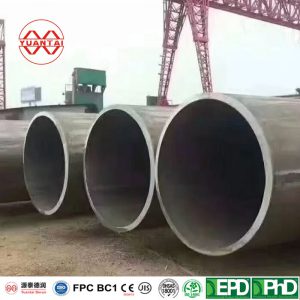
LSAW Steel Pipe(Longitudinally Submerged Arc Welding Tube)
Lsaw Steel Pipe(Longitudinally Submerged Arc Welding Tube) JCOE is a pipe making technology for the production of large diameter thick wall steel pipes. It mainly adopts the produc […]
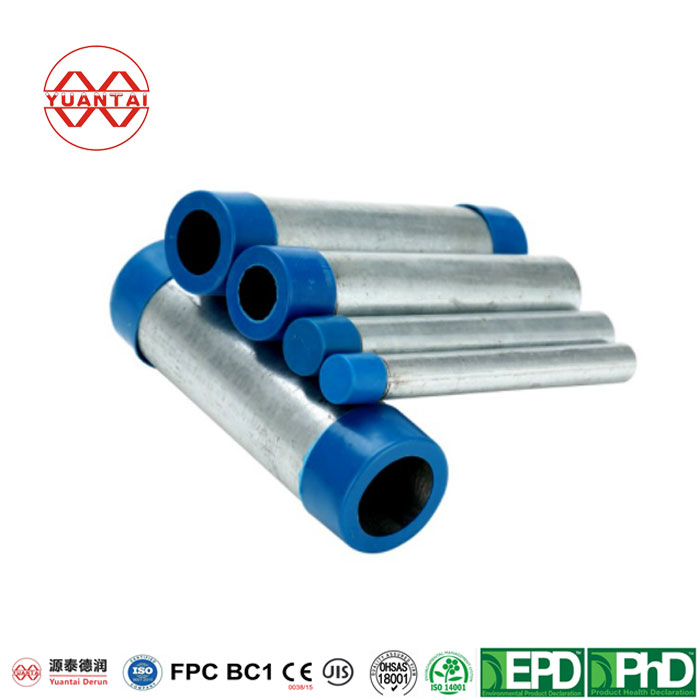
Hot Dip Galvanized Round Steel Pipe
Yuantai Derun Steel Pipe Manufacturing Group produces hot-dip galvanized round steel pipes, which are sold directly by manufacturers, support customization, and have guaranteed qua […]
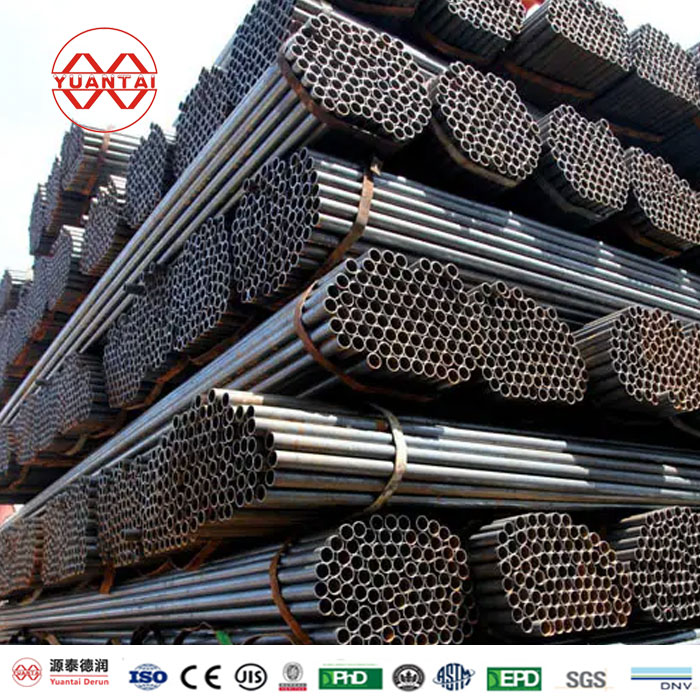
Scaffold Steel Pipe
Introduction to scaffold steel pipe Scaffold steel pipes are generally called scaffold pipes, which is a special term used by people in building or construction. Scaffold steel pip […]
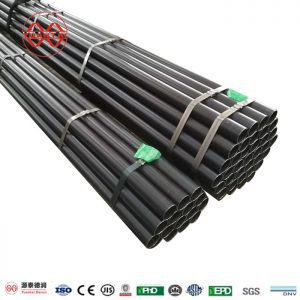
Round Welded Pipe
Since the 1930s, with the rapid development of continuous rolling production of high quality strip steel and the progress of welding and inspection technology, the quality of weld […]
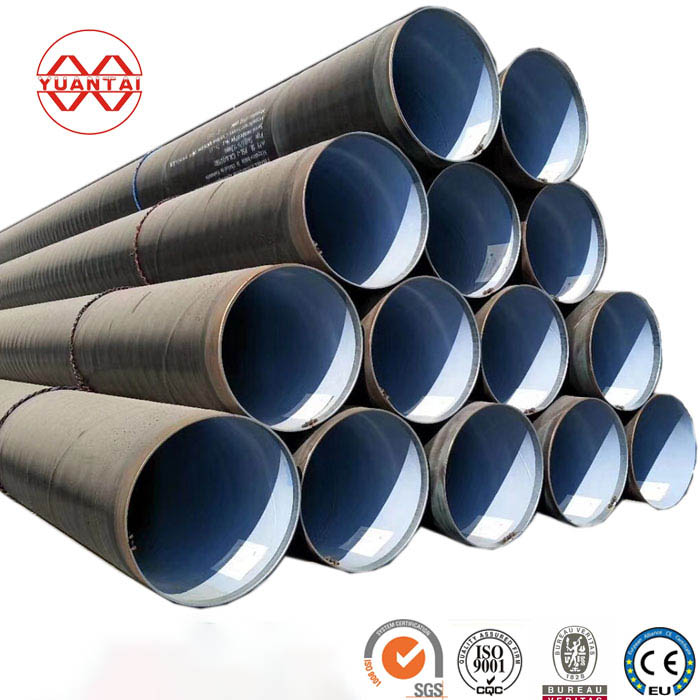
Spiral Welded Steel Pipe
Spiral welded steel pipe introduction Spiral welded steel pipe refers to the steel pipe with joints on the surface, which is welded after the steel strip or steel plate is bent and […]
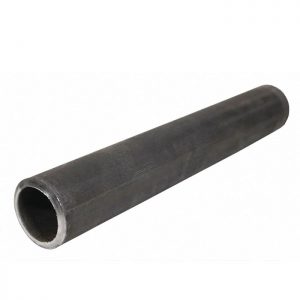
Round Seamless Steel Pipe
Seamless steel pipe is a steel pipe formed by piercing the whole round steel, and there is no weld on the surface, which is called seamless steel pipe. According to the production […]
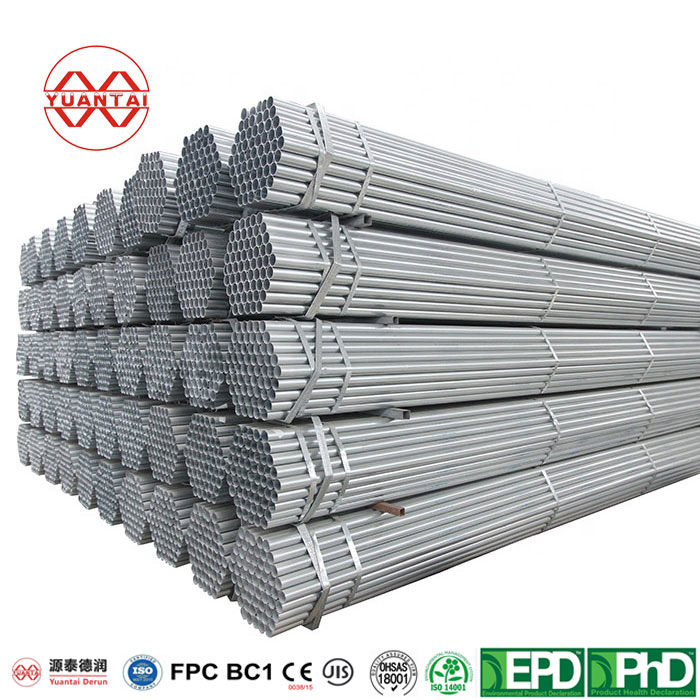
UL797 American Standard Certified EMT Threading Pipe EMT Pipe
OD(outer diameter): 22mm-112mm Thickness: 0.75- 3 mm Place of Origin: Tianjin, China Application: Structural type or fluid transportation Certification:CE,LEED,BV,PHD&EPD,DNV,B […]
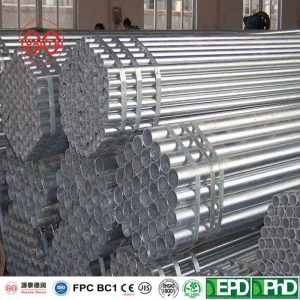
Pre Galvanized Round Steel Pipe
The round pipe with galvanized strip is made of galvanized strip steel, which is generally 0.6MM-2MM. It is processed and formed at one time, with the specification of 15 * 15-100 […]
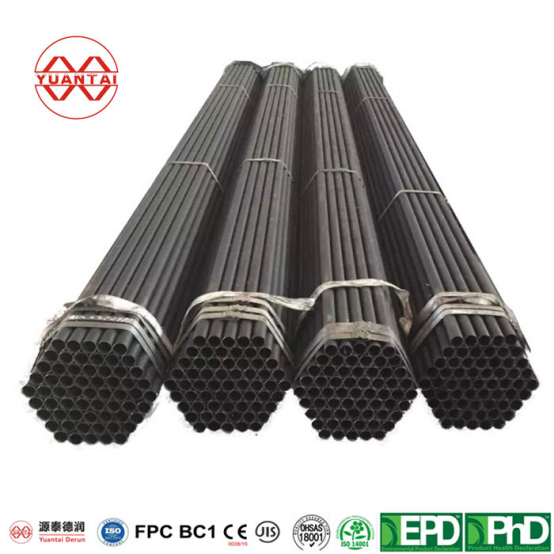
ERW Round Steel Pipe
Standard:Hollow section:ASTM A500/501,EN10219/10210, JIS G3466,GB/T6728/T3094/3091,CSA G40.20/G40.21 Section Shape: round OD(outer meter): 10.3mm-609mm Application: Structural type […]